To kick off the new year, we chose Sekeh Beach as the location to hold our Monthly Beach Cleanup for January. Thank you to Club Ocean for faithfully supporting this event to continue raising public awareness of beach and ocean protection from litter. This month we collaborated with SD 3 Benoa who joined in the action to save the environment. This collaboration is expected to provide experience and lessons about the environment to the children who participate in this event. With a total of over 50 participants, within 1.5 hours, we were able to collect 271.35 kg of non-organic waste. This waste will then go through a sorting process at the ZeroWaste Center to select waste that can still be recycled. We hope that this event will continue and consistently voice the dangers of marine debris for a better future.
Location and Condition of the Beach
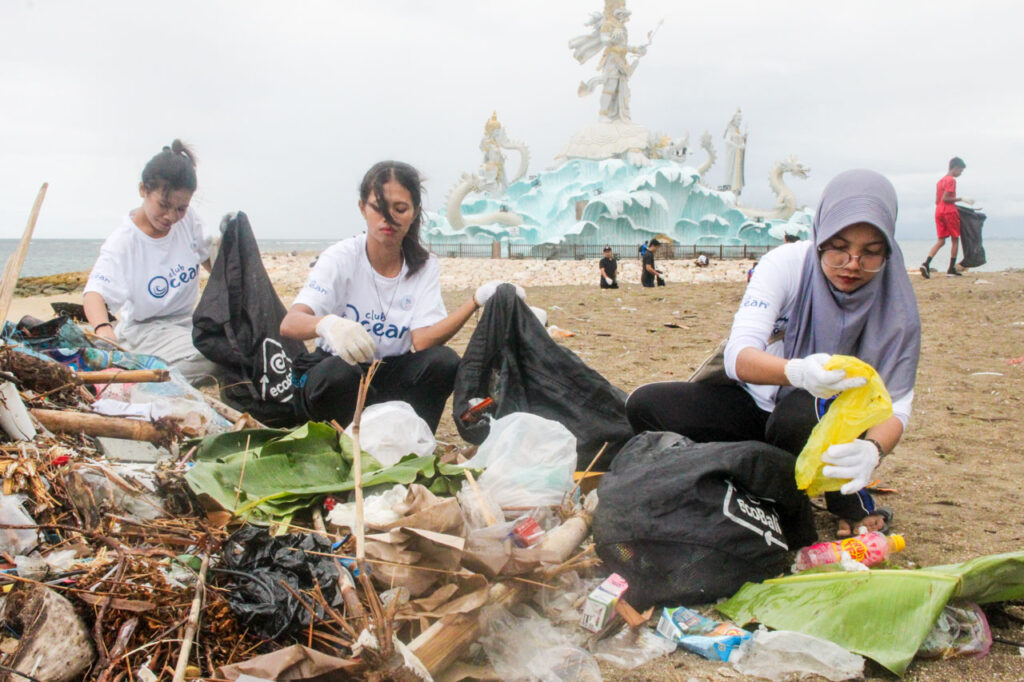
Sekeh Beach is located north of Ngurah Rai International Airport. This beach is one of the favorite spots for local and foreign tourists to exercise or enjoy the sunset. During the rainy season, a lot of garbage from the sea is washed up on the beach. This will disturb the beauty of the beach. There are government officers who clean the beach every day, but unfortunately it is only collected at several points which may be burned when dry. Therefore, we chose this beach as the Beach Cleanup location to give a message of real action to the people who came during this event or saw our action through social media. Our hope is that this event will increase public awareness of environmental protection, especially the sea.
Waste Collection and Separation
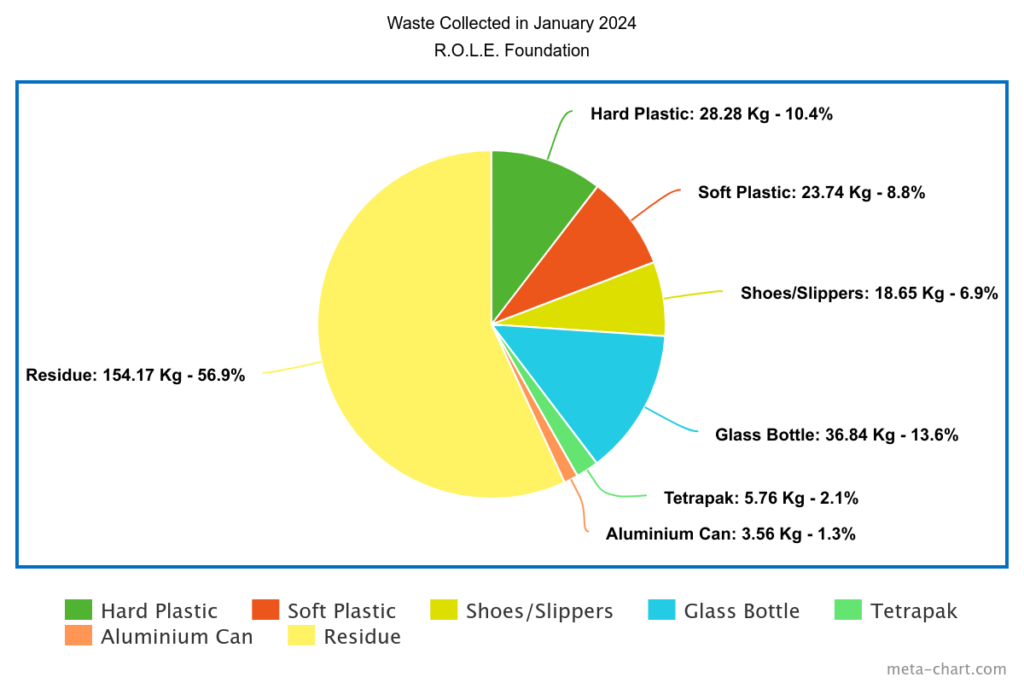
We collected 271,35 kg of non organic waste during the Beach Cleanup at Sekeh Beach. As we can see on the pie chart, residue dominates the percentage of total waste collected which is about 56% of total waste. This month is the rainy season that could affect the increased amount of waste on some beaches in Bali including Sekeh Beach where we found a lot of non organic waste that were mostly in dirty and broken waste that we call residue. Hard plastic such as plastic glass bottles and plastic cups could touch approximately 10% of total waste. Otherwise, soft plastic such as laminated and colored plastic only reaches 8.8% of the collected waste. There are almost 7% shoes/slippers that were collected during the event. Aluminum can and Tetrapak are the minorities of this percentage
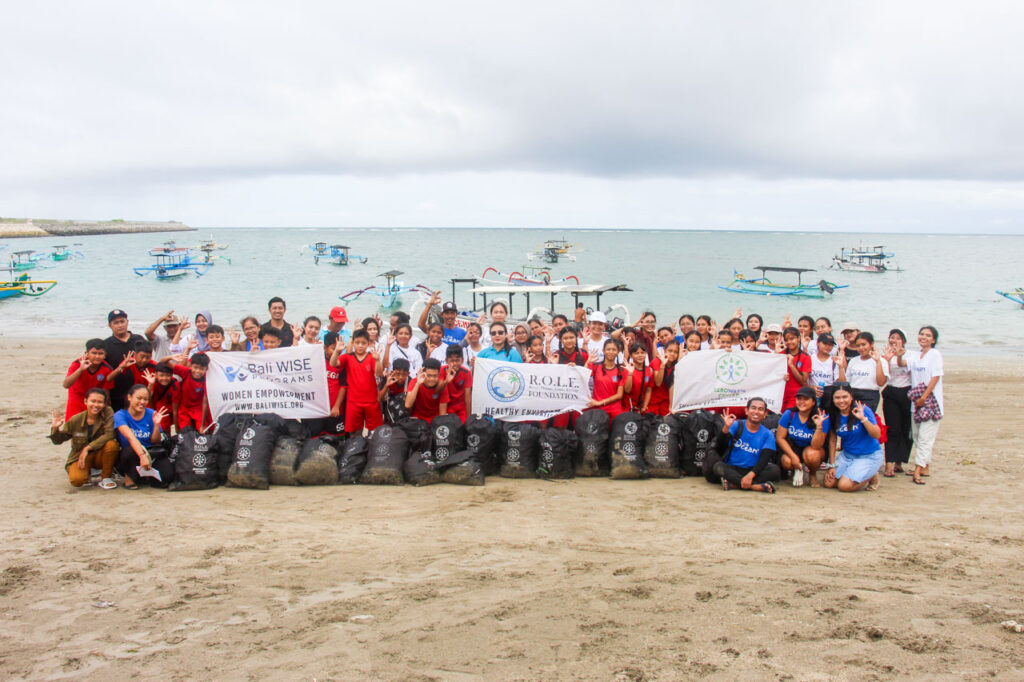
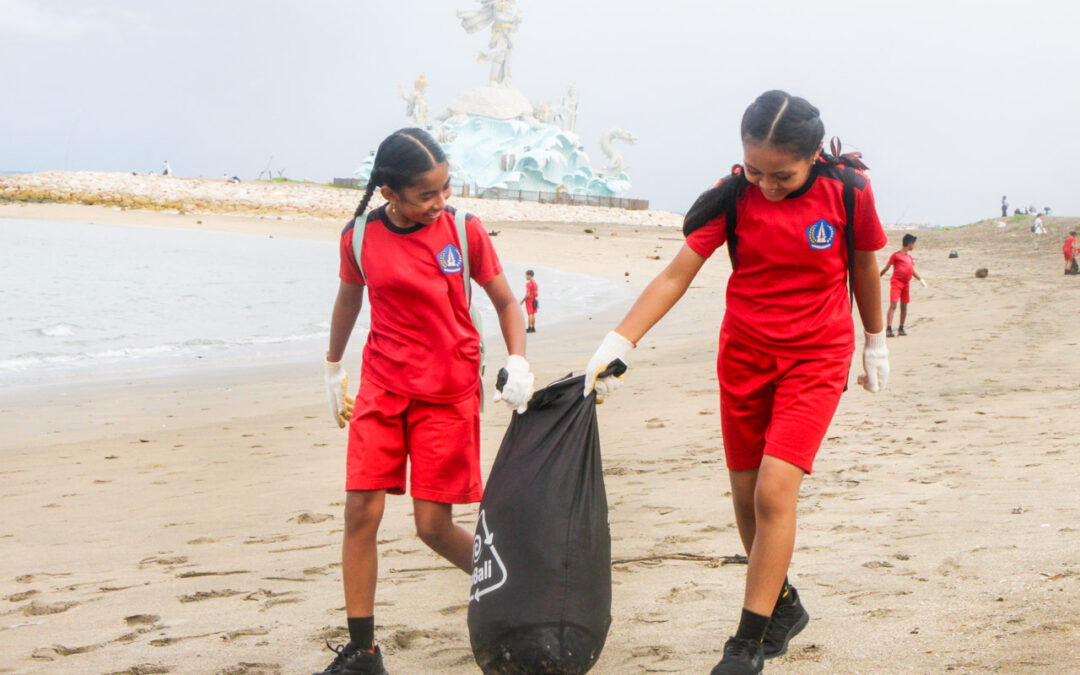
Recent Comments